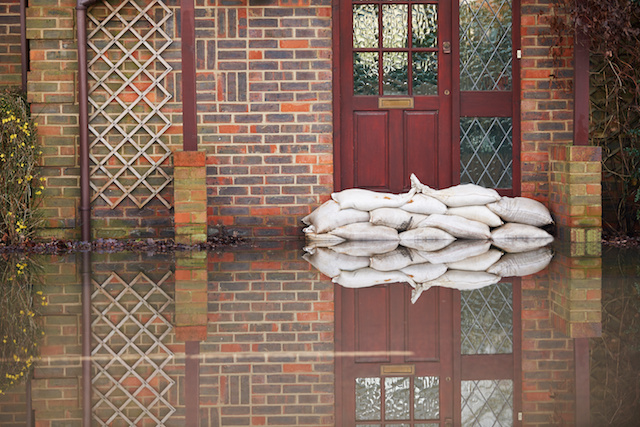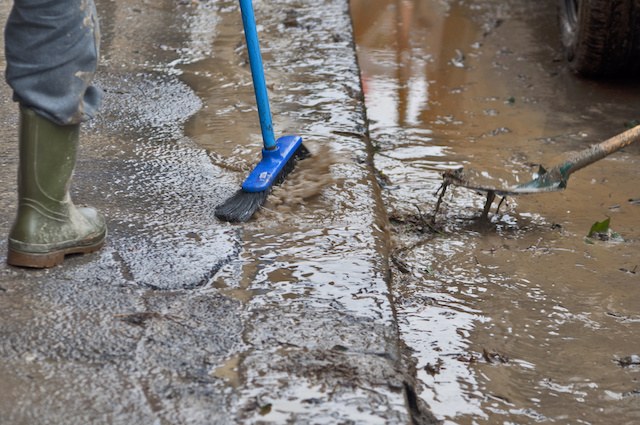 (412) 364-9114
(412) 364-9114

Indoor floods are often caused by plumbing problems. Broken pipes, a broken water heater, frozen pipes and sewer backups can lead to a flooded home, causing hundreds or thousands of dollars in damage. Knowing which steps to take when a flood occurs can help you get your house back up and running after an indoor plumbing disaster.
The first thing most homeowners need to do after they realize that their home is flooding is to turn off the source of the water. Most plumbing fixtures have a water shut off valve nearby that can be used to stop the flow of water into the home.
If the water is coming up from the sewer, shut off all appliances that use water. Turn off the washing machine, dishwasher, showers and bathtub faucets. Do not flush any toilets or do anything that would cause water to enter the drain pipes.
Not all flood water is safe. While water from a broken pipe is likely safe to touch, waste water from the sewer will be contaminated. To be safe, wear protective gloves, boots, and clothing when wading through contaminated water. Do not come into direct contact with contaminated water. Finally, know when to call an expert in handle the work. Don’t expose yourself to toxins or contaminants!

Once the water is shut off, you’ll be faced with the arduous task of drying everything. Consider working with a professional restoration company from this point forward. Mold can start growing very quickly, so vacating the water within about 48 hours is very important.
If the water is contaminated with sewage, items like carpeting and furniture are likely destroyed. Know when to throw away your things and what to keep.
Many plumbing disasters are preventable. You can stop a flood from happening again by doing the following:
At Terry’s Plumbing, we help homeowners maintain and repair their home’s plumbing. To make an appointment for a plumbing repair or upgrade, contact us today at 412-364-9114.